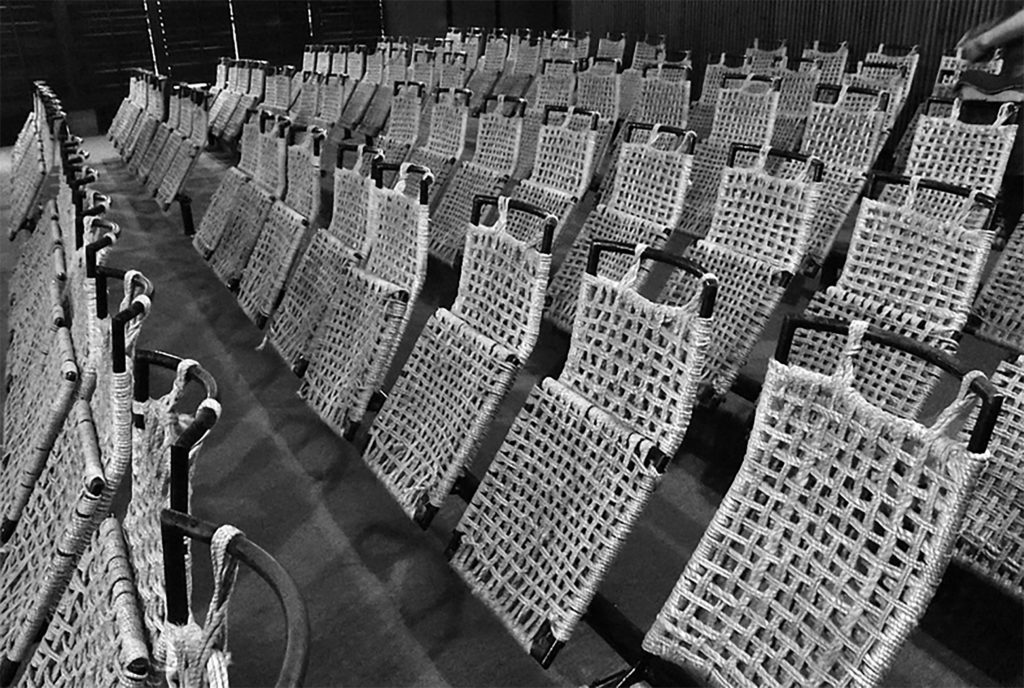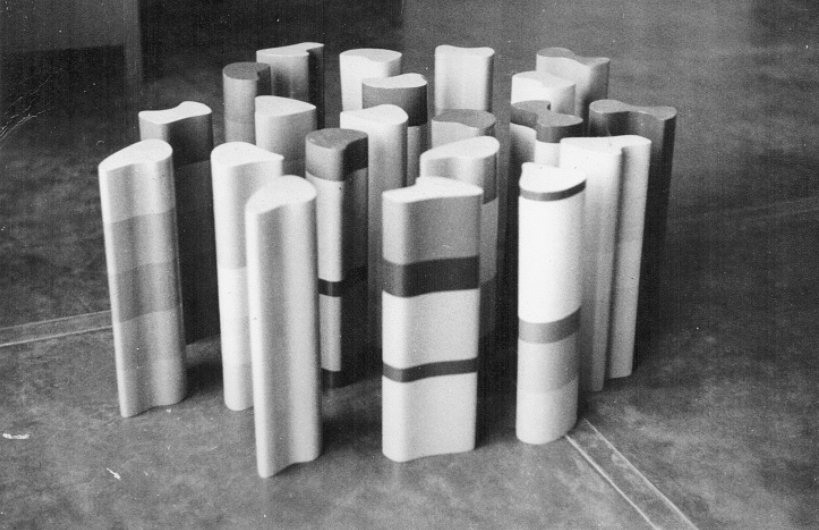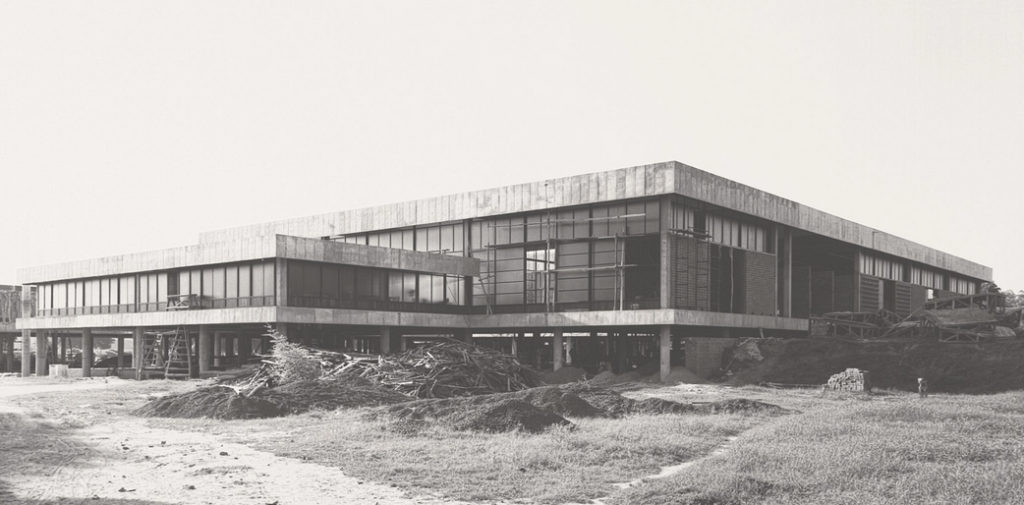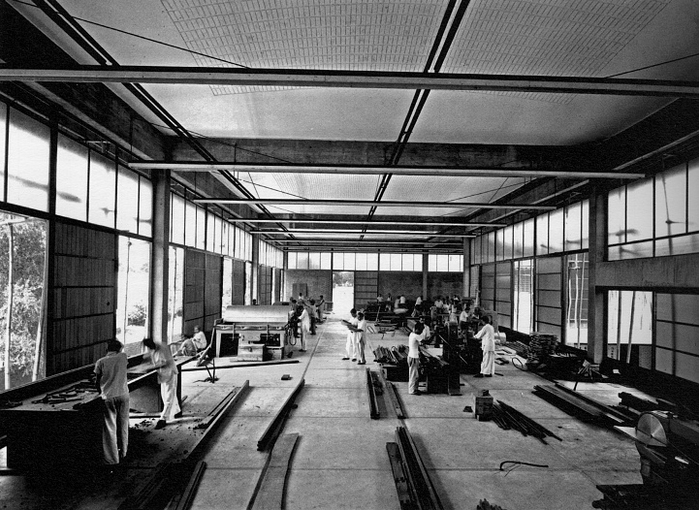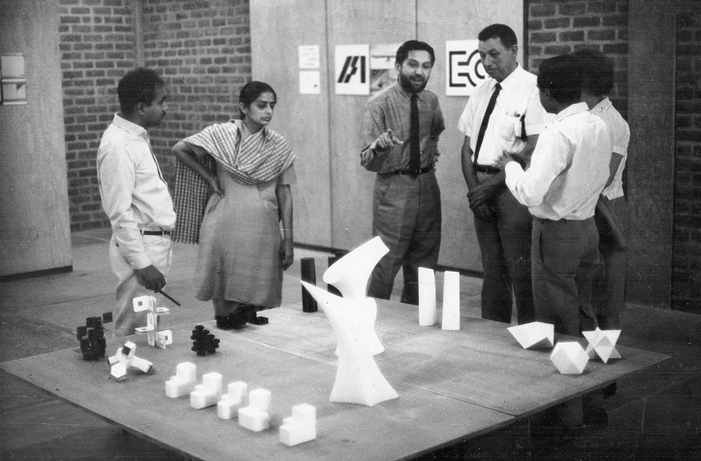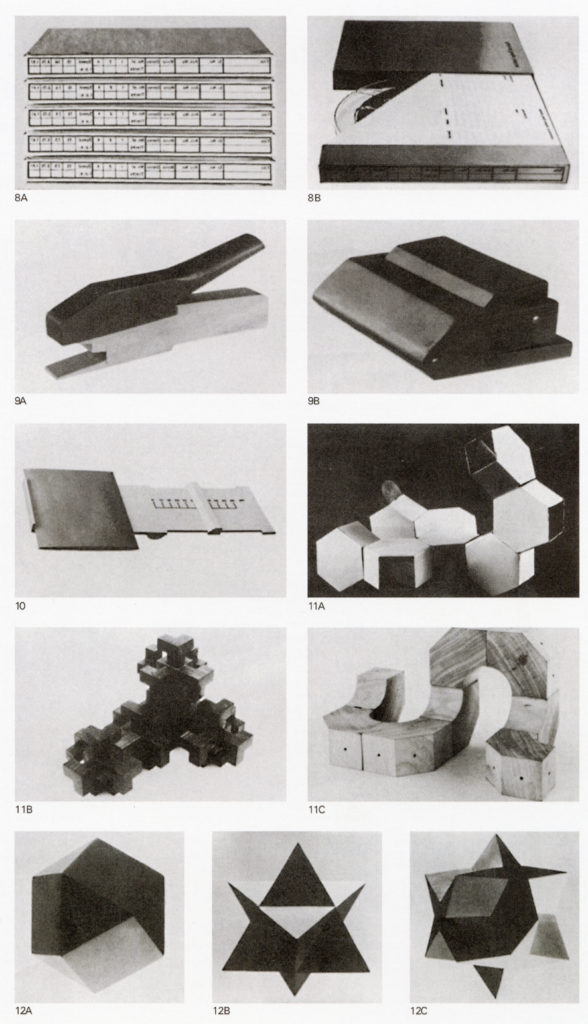Established in 1961 to fulfill the imagination of design as a tool for nation-building after decolonization, the National Institute of Design (NID) became the first institution for design education in India. (…) [The] Foundation Programme at the NID (…) evolved to amalgamate design pedagogies of the Bauhaus and Ulm while developing unique features to respond to the Indian reality. In the process, the campus, the city and the country became sites and subjects for progressive and independent design education which aimed to provide a better ‘standard of living’ for Indians.[1]
As a flagship for a new India, the NID was confronted with the task of integrating low-income consumers from a mostly rural population into design thinking while simultaneously responding to the dynamics of a modernisation process orientated towards industrialisation. This is especially apparent in the curriculum of the NID: for example, first year students were required to study local handicraft cultures in so-called craft documentations.
Against the backdrop of Western notions of modernisation which were exported to developing countries, the NID sought alternative, postcolonial practices for economic and social change. They aspired to disassociate themselves from the Western hegemony which linked design with formal aesthetic values and to align themselves instead with vernacular and “appropriate” technologies in the design of objects of everyday use.[2] Later, the NID became an important transnational hub for this new definition of design that turned away from the Western understanding.
NIDs are still active as state-run education and research institutions for industrial, communications, textile and IT-integrated (experimental) design in Ahmedabad, Bangalore, Kurukshetra, Vijayawada, Jorhat and Bhopal. They are under the authority of the Indian government’s Ministry of Commerce and Industry and have been recognised as Institutions of National Importance according to the National Institutes of Design Act 2014.
[1] S. Balasubrahmanyan, in: Imaginista Katalog, 2019.
[2] Cf. http://www.bauhaus-imaginista.org/articles/2950/on-behalf-of-progressive-design
